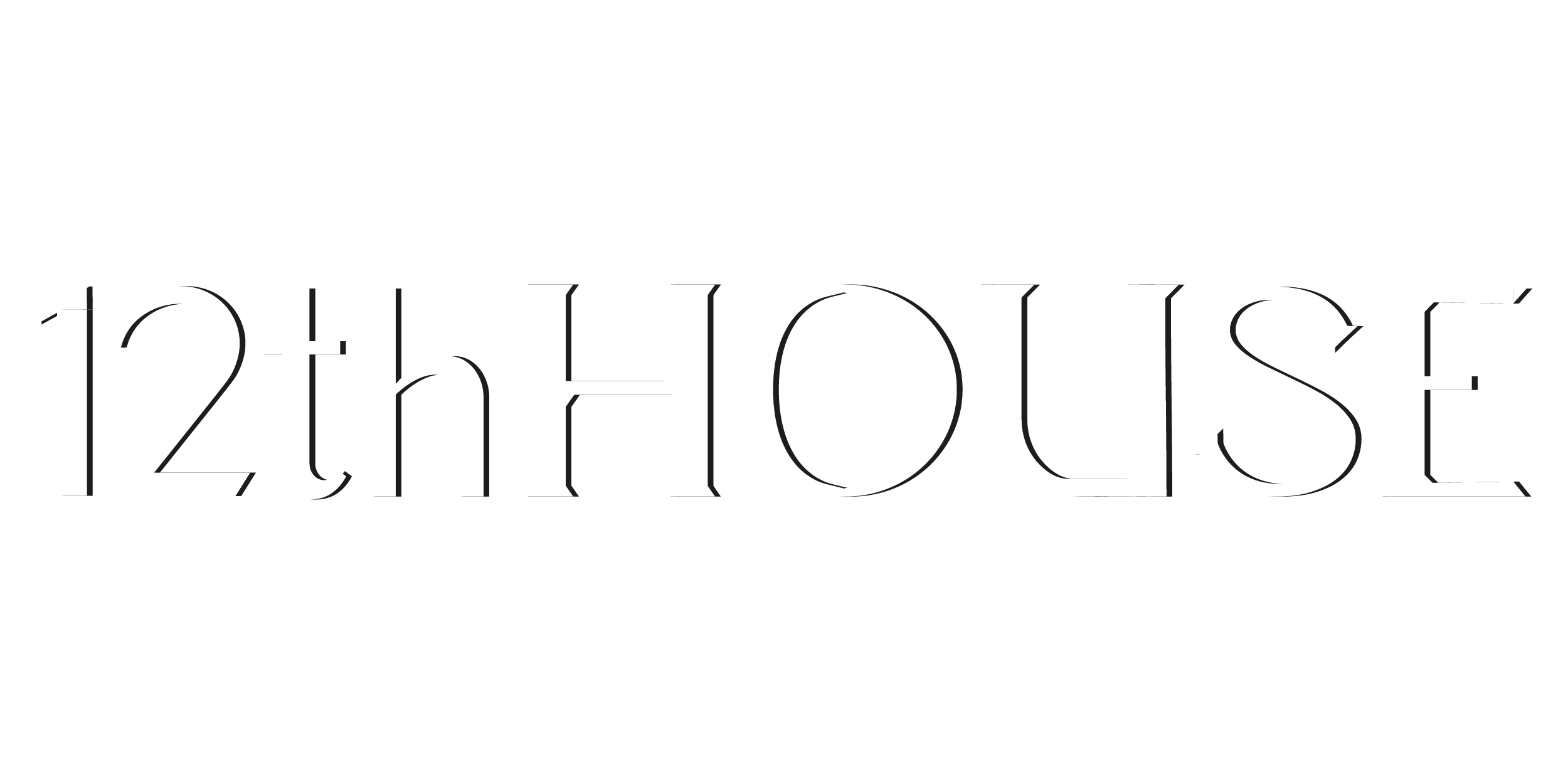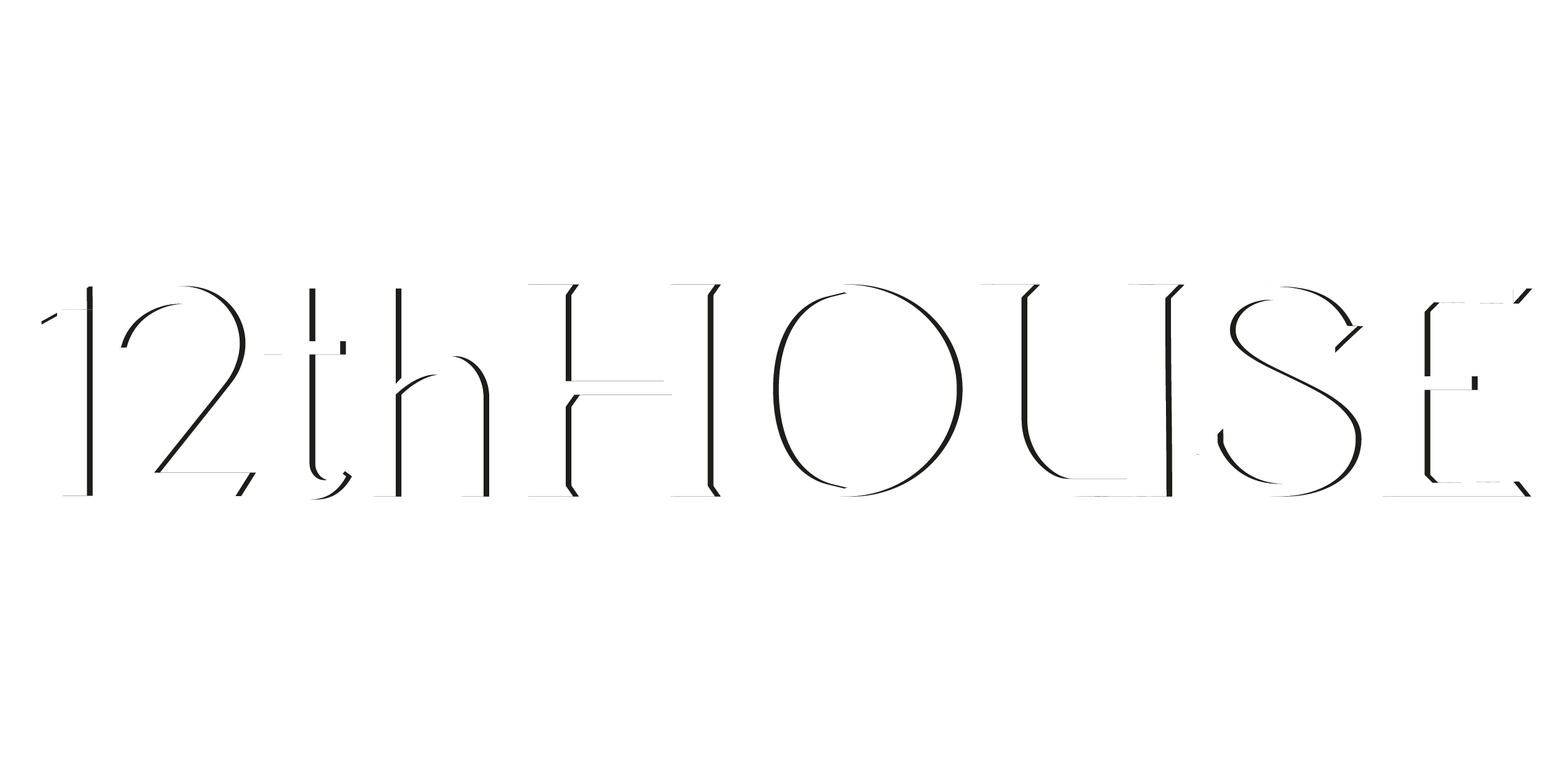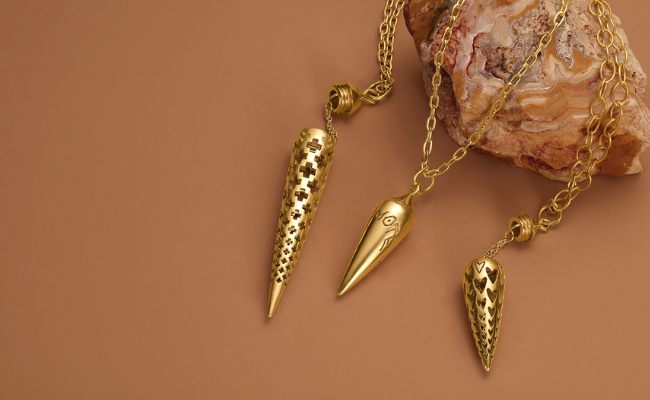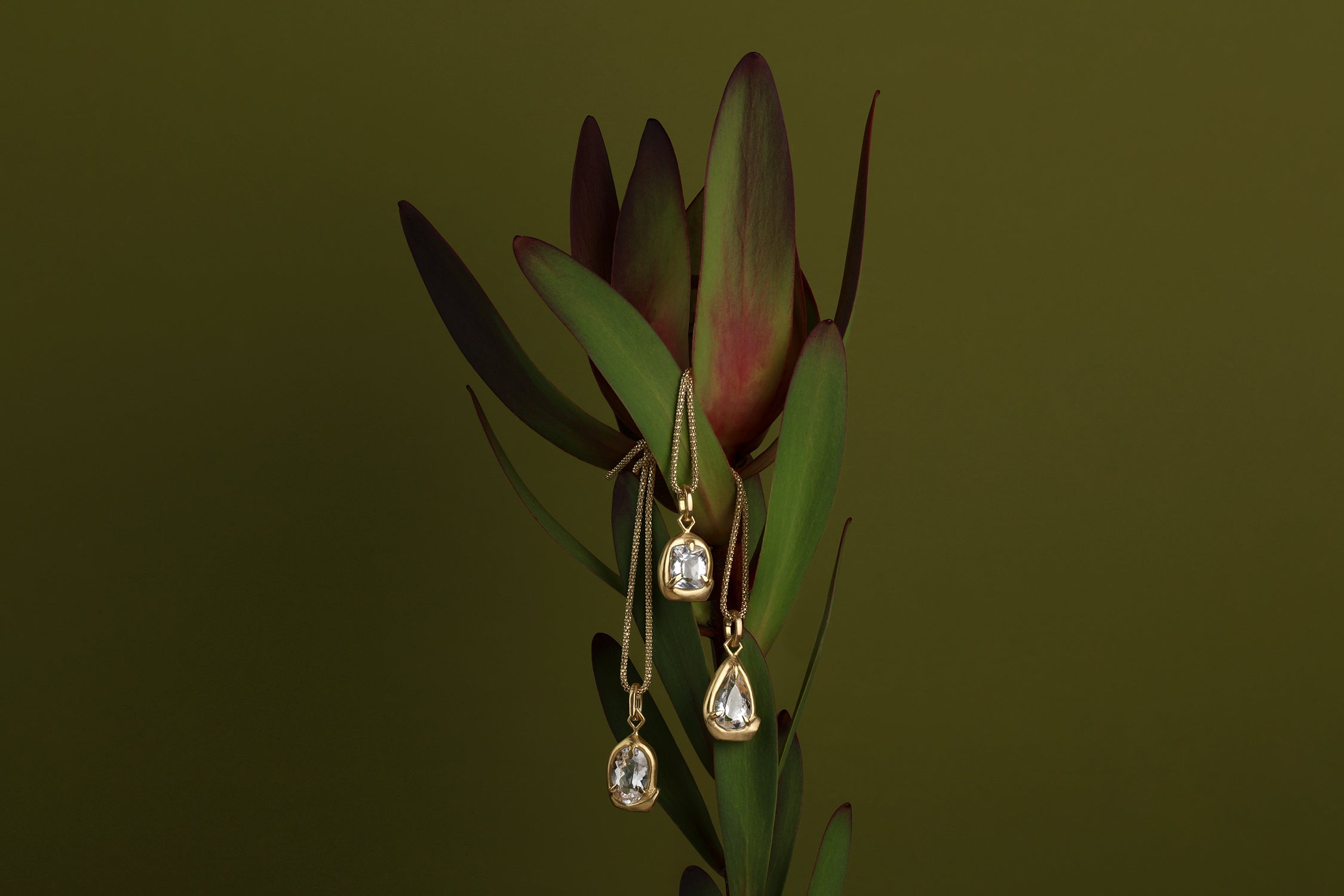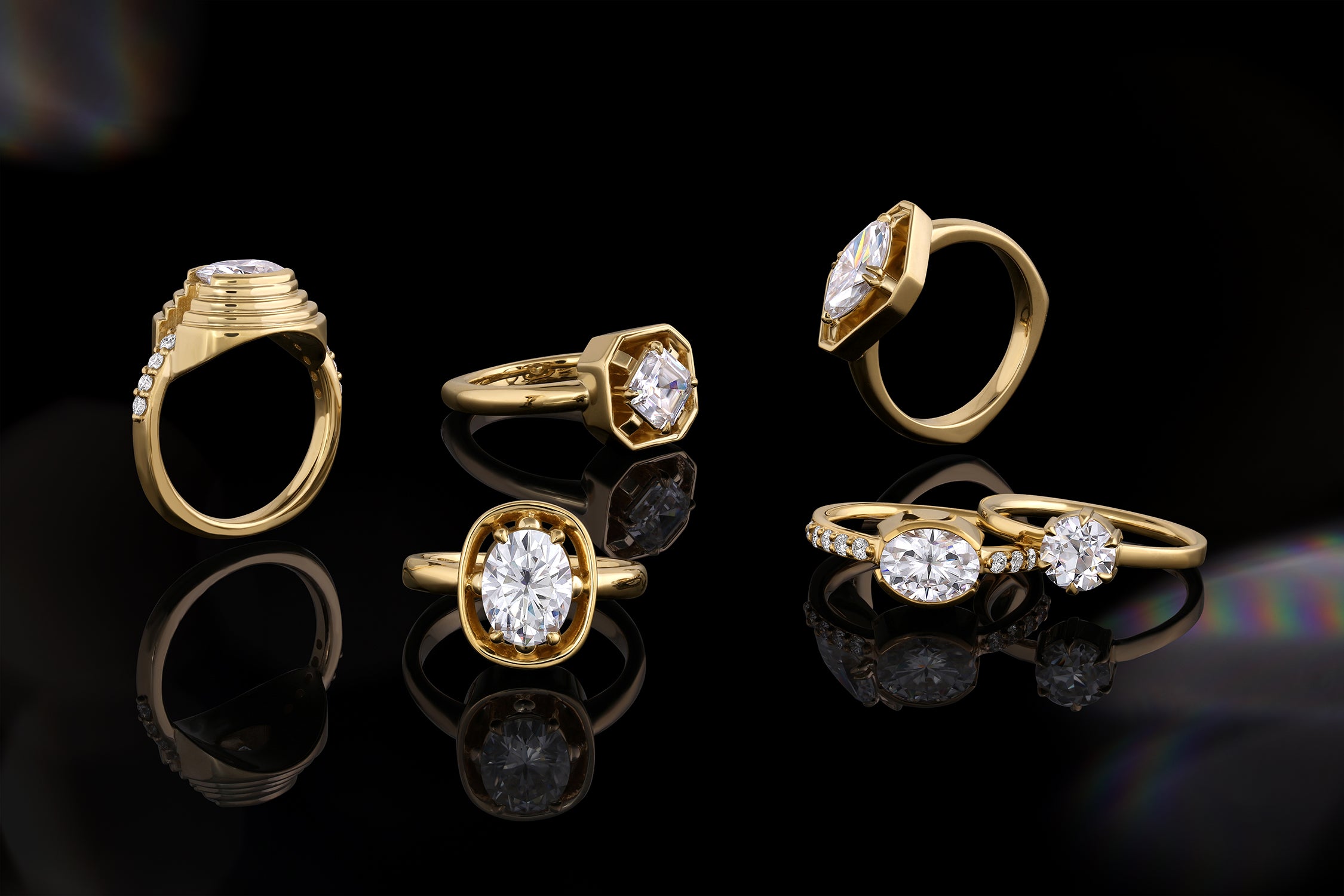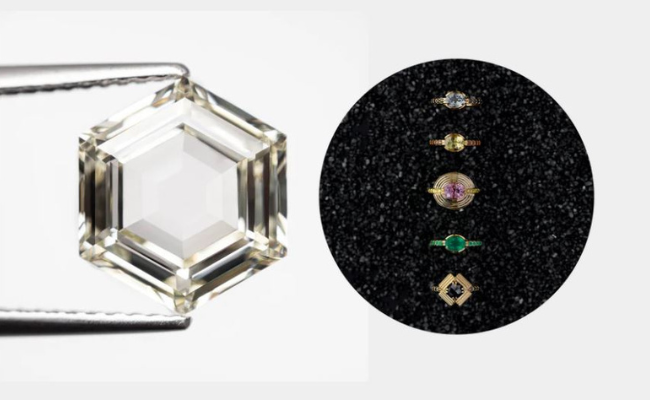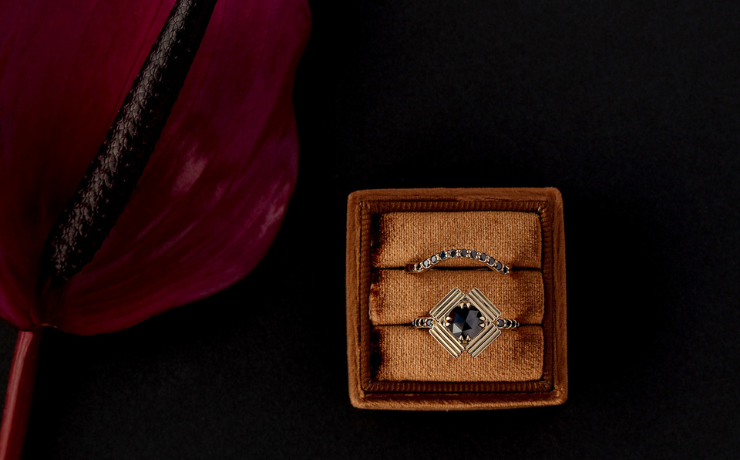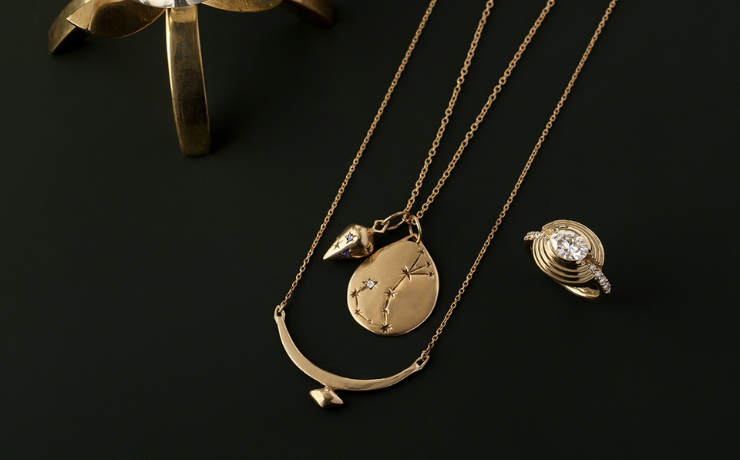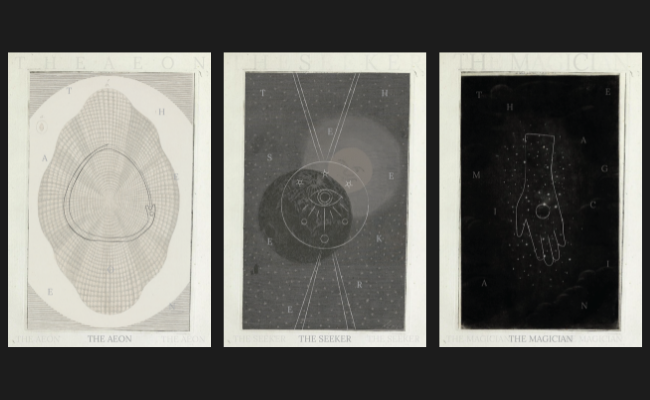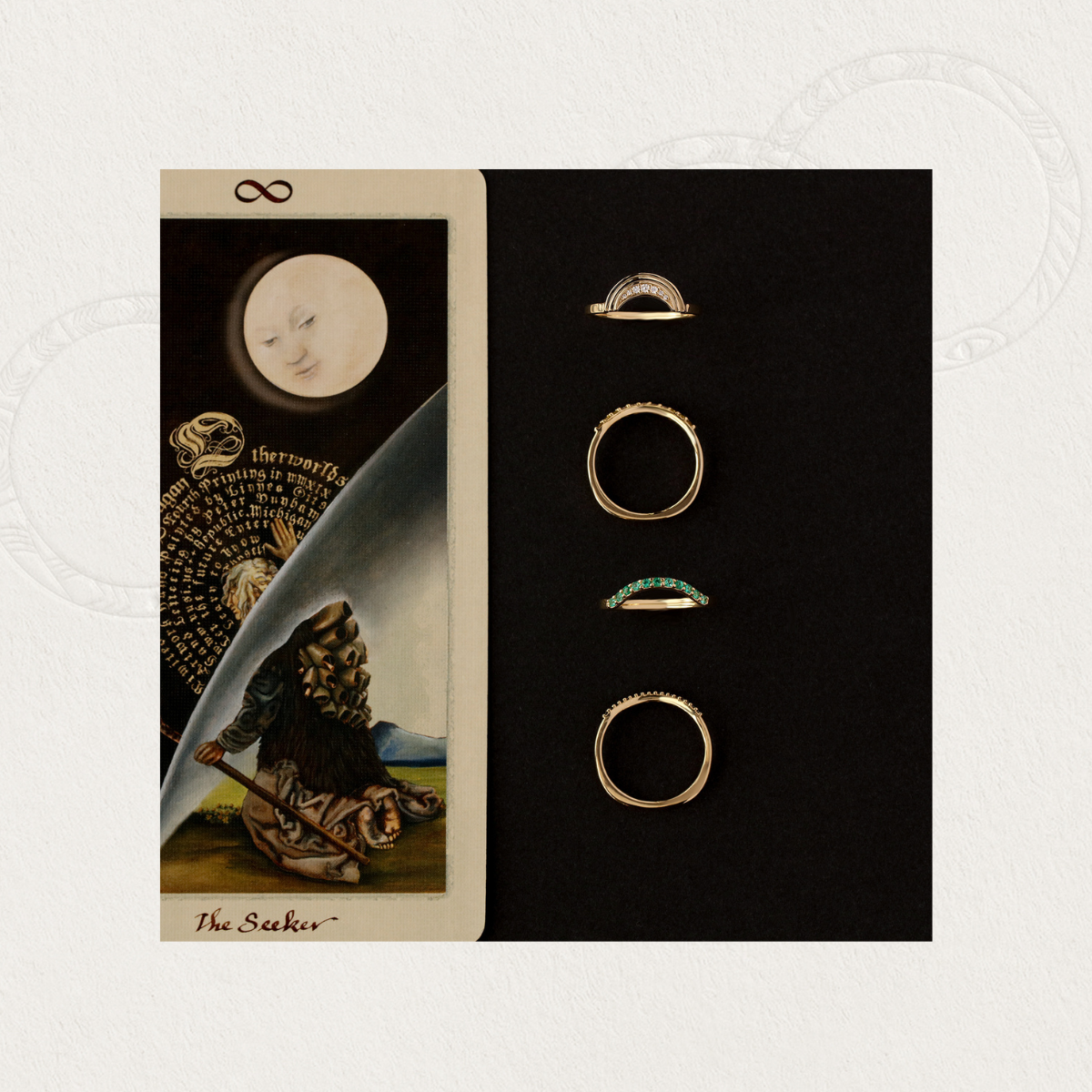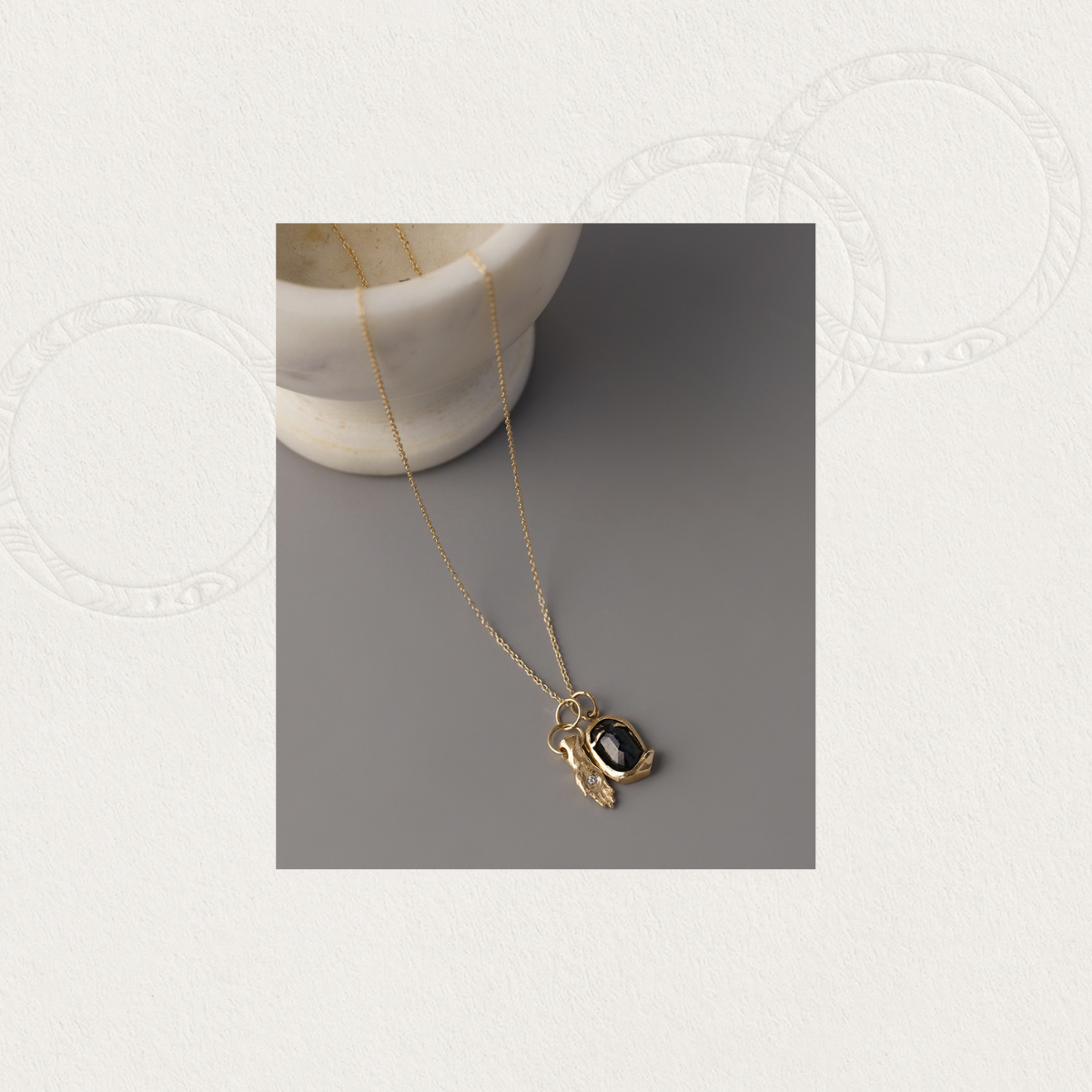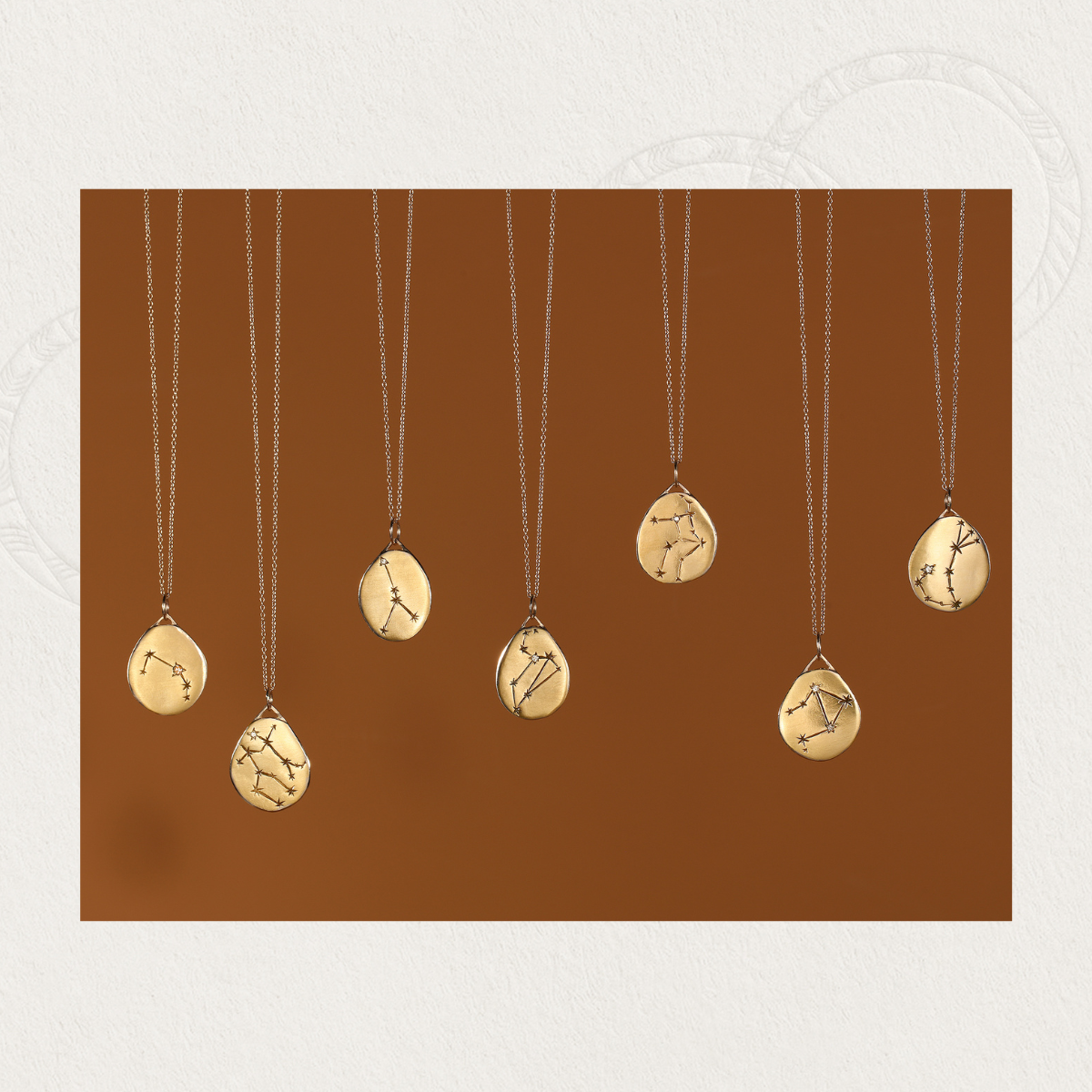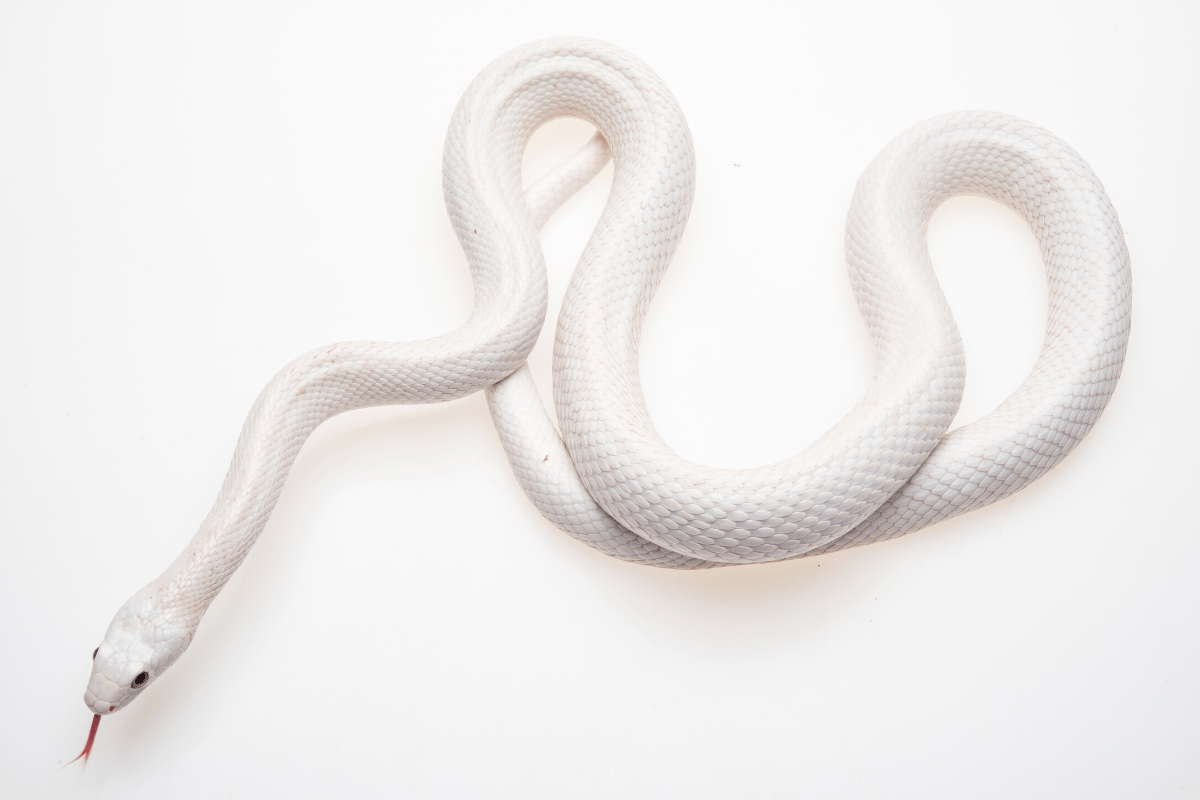
The Meaning, Symbolism, and History of the Ouroboros and the Cosmic Egg
[article synopsis: The Ouroboros is an ancient symbol depicting a serpent or dragon eating its own tail. This powerful and enduring symbol has been used by many different cultures throughout history, and it represents the cyclical nature of life, death, and rebirth, as well as the eternal nature of existence itself. The Ouroboros has also been used in various magical traditions, such as alchemy and Kabbalah, and it has appeared in various forms of popular culture, such as literature, film, and music. The Cosmic Egg is another concept often associated with the Ouroboros, and it is a symbol of the universe in its earliest stages of creation. In this article, we explore the meaning, symbolism, and history of the Ouroboros and the Cosmic Egg.]
The Ouroboros: An Ancient Symbol of Cycles and Eternal Return
The Ouroboros is an ancient symbol depicting a serpent or dragon eating its own tail. It is one of the oldest and most enduring symbols in human history, with a rich history and deep symbolic significance. The Ouroboros represents the cyclical nature of life, death, and rebirth, as well as the eternal nature of existence itself. It has been used by many different cultures throughout history, and it continues to be a powerful and meaningful symbol for people who find power in personal adornment.
What is the Ouroboros?
The origins of the Ouroboros are shrouded in mystery, but it is thought to have first appeared in ancient Egypt, where it was associated with the sun god Ra. In Egyptian mythology, the Ouroboros represented the cycle of the sun, as it rose and set each day. The symbol was also associated with the god Atum, who was believed to have created the world by spitting out the first gods. In some accounts, Atum is described as the Ouroboros, encircling the world and holding it together.
The Ouroboros also appears in Greek mythology, where it is associated with the god Zeus. In one story, Zeus is described as swallowing his own children in order to protect them from being overthrown by their father, Kronos. This act of self-consumption was seen as a symbol of eternal return, as the children were eventually reborn from Zeus' body.
The Ouroboros has been depicted in many different ways throughout history. In some cases, it is shown as a serpent or dragon with its tail in its mouth, forming a circle. In other cases, it is depicted as a single, continuous line that forms a circle. In either case, the Ouroboros is often associated with the concept of infinity, as it has no beginning or end.
The Ouroboros has also been depicted in various works of art and literature. In Dante's Inferno, the Ouroboros appears as a serpent encircling the ninth circle of hell, representing the eternal punishment of the damned. In the Harry Potter series, the Ouroboros is the symbol of the alchemical society, the Philosopher's Stone. In many cases, the Ouroboros is used as a symbol of knowledge, wisdom, and enlightenment.
What are the symbolic meanings of the Ouroboros?
The Ouroboros has many different symbolic meanings, depending on the context in which it is used. Some of the most common interpretations include:
- The cycles of life and death: The Ouroboros is often associated with the cyclical nature of life, death, and rebirth. In this context, the serpent eating its own tail represents the cyclical nature of existence, with each cycle ending and beginning anew.
- Eternal return: The Ouroboros is also associated with the concept of eternal return, which is the idea that everything that has happened in the past will happen again in the future. In this sense, the Ouroboros represents the endless repetition of history, with each cycle ending and beginning anew.
- Self-reflection: The Ouroboros is also seen as a symbol of self-reflection, as it represents the idea of looking inward and examining one's own thoughts and actions. In this context, the Ouroboros represents the process of self-discovery and self-awareness.
The psychological and spiritual significance of the Ouroboros is also significant. In many traditions, the Ouroboros is seen as a symbol of the unity of all things, as it represents the interconnectedness of all things in the universe. In this sense, the Ouroboros represents the idea that everything is connected, and that all things are part of a larger whole.
How is the Ouroboros used in jewelry, and what is the history of snake-themed jewelry?
The Ouroboros is often used as a symbol in jewelry, with many different designs featuring the serpent or dragon eating its own tail. Ouroboros jewelry can take many different forms, from simple pendants and rings to more elaborate pieces, such as necklaces and earrings.
One significant piece of Ouroboros jewelry is the snake wedding ring. In many cultures, snakes have been associated with love and fertility, and they have been used as symbols of eternal commitment. A snake wedding ring is a unique and meaningful way to symbolize the unity and eternal nature of a marriage.
Another significant piece of Ouroboros jewelry is the snake engagement ring. An engagement ring is a symbol of love and commitment, and a snake engagement ring can add an extra layer of symbolism to this special piece of jewelry. The serpent or dragon eating its own tail represents the eternal nature of love, and it can be a powerful reminder of the commitment made between two people.
The history of snake-themed jewelry goes back to ancient times, when snakes were seen as powerful and mysterious creatures. In many cultures, snakes were associated with fertility, rebirth, and the cycle of life and death. As such, they were often used as symbols in jewelry, and they were believed to have protective and spiritual powers.
The use of the Ouroboros in jewelry has continued to the present day, with many different designs featuring the serpent or dragon eating its own tail. Some pieces of Ouroboros jewelry are designed to be worn as a reminder of the cyclical nature of life, while others are intended as a symbol of self-reflection and self-awareness.
Regardless of the specific design, Ouroboros jewelry is a powerful and enduring symbol that is associated with the cycles of life and death, as well as the unity of all things. It continues to be a iconic symbol for jewelry, and it is often worn as a reminder of the eternal nature of existence.
How is the Ouroboros used in Magic?
The Ouroboros has been used in various magical traditions, such as alchemy and Kabbalah. In alchemy, the Ouroboros is seen as a symbol of the unity of all things, and the process of transformation and transmutation. The practice of alchemy originated in ancient Egypt and Greece, and it was later developed and refined by alchemists in the Middle Ages.
In alchemy, the Ouroboros was often used to represent the concept of the philosopher's stone, which was believed to be a substance that could transmute base metals into gold. The Ouroboros was also used to represent the unity of the four elements (earth, air, fire, and water), as well as the unity of the three principles (salt, sulfur, and mercury).
In Kabbalah, the Ouroboros is associated with the Tree of Life, which is a symbol of the interconnectedness of all things in the universe. The Tree of Life is central to the Kabbalistic tradition, and it is used as a tool for understanding the relationship between God, the universe, and humanity. In this context, the Ouroboros represents the unity of all things, and the idea that everything is interconnected and part of a larger whole.
What are some examples of the Ouroboros in popular culture?
The Ouroboros has also appeared in various forms of popular culture, such as literature, film, and music. In literature, the Ouroboros has appeared in many different works, including Dante's Inferno, where it is used as a symbol of eternal punishment. In the Harry Potter series, the Ouroboros is the symbol of the alchemical society, the Philosopher's Stone.
In film and television, the Ouroboros has also made appearances, such as in the TV series Lost, where it is used as a symbol of the cyclical nature of time and events. In the film The Never Ending Story, the Ouroboros is used as a symbol of the unity of all things, and the idea that everything is connected.
In music, the Ouroboros has also been used as a symbol, with many different bands and artists incorporating it into their artwork and lyrics. The band Tool, for example, has used the Ouroboros as a symbol of the cyclical nature of life, death, and rebirth.
What is the Cosmic Egg, and how is it related to the Ouroboros?
The Cosmic Egg is a concept that is often intertwined with the Ouroboros. The Cosmic Egg is a symbol of the universe in its earliest stages of creation, before it was formed into its current shape. In some traditions, the Cosmic Egg is seen as the source of all life, and the origin of the universe itself.
The symbolism of the Cosmic Egg is closely tied to that of the Ouroboros. Both symbols represent the unity of all things, and the idea that everything is interconnected and part of a larger whole. In this sense, the Cosmic Egg represents the beginning of the universe, while the Ouroboros represents the endless cycles of existence.
The concept of the Cosmic Egg is found in many different cultures and traditions. In ancient Egyptian mythology, the Cosmic Egg was associated with the god Atum, who was believed to have created the universe by spitting out the first gods. In Hindu mythology, the Cosmic Egg is known as the Hiranyagarbha, and it is seen as the source of all creation. In Chinese mythology, the Cosmic Egg is known as the Pangu, and it is associated with the creation of the world.
In many traditions, the Cosmic Egg is seen as a symbol of the potential for growth and change. It represents the idea that everything has the potential to evolve and transform, and that even the most basic and primitive forms of life can eventually give rise to complex and sophisticated systems. In this sense, the Cosmic Egg represents the idea that anything is possible, and that the universe is constantly evolving and changing.
The symbolism of the Cosmic Egg is also closely tied to the idea of the Golden Mean, which is the idea that everything in the universe exists in a state of balance and harmony. In this context, the Cosmic Egg represents the idea that everything is interconnected and part of a larger whole, and that all things are in a state of balance and harmony.
Conclusion: The Meaning and Significance of the Ouroboros and the Cosmic Egg
The Ouroboros and the Cosmic Egg are powerful and enduring symbols with rich histories and deep symbolic significance. The Ouroboros is an ancient symbol depicting a serpent or dragon eating its own tail, and it has been used by many different cultures throughout history. The Ouroboros represents the cyclical nature of life, death, and rebirth, as well as the eternal nature of existence itself. It has been used by many different cultures throughout history, and it continues to be a powerful and meaningful symbol for people today who seek out magic.
One way to incorporate the symbolism of the Ouroboros into your life is through the use of Ouroboros jewelry. Ouroboros jewelry can take many different forms, from simple pendants and rings to more elaborate pieces, such as necklaces and earrings. Wearing Ouroboros jewelry can serve as a reminder of the eternal nature of existence, and the unity of all things.
The Cosmic Egg is a concept that is often associated with the Ouroboros. The Cosmic Egg is a symbol of the universe in its earliest stages of creation, before it was formed into its current shape. In some traditions, the Cosmic Egg is seen as the source of all life, and the origin of the universe itself. The symbolism of the Cosmic Egg is closely tied to that of the Ouroboros, and both symbols represent the unity of all things, and the idea that everything is interconnected and part of a larger whole.
In conclusion, the Ouroboros and the Cosmic Egg are powerful and enduring symbols with rich histories and deep symbolic significance. Whether they are seen as symbols of the cycles of life and death, the unity of all things, or the potential for growth and change, these symbols continue to be relevant and meaningful for people today. Incorporating the symbolism of the Ouroboros and the Cosmic Egg into your life through the use of Ouroboros jewelry can serve as a reminder of the eternal nature of existence, and the unity of all things.
